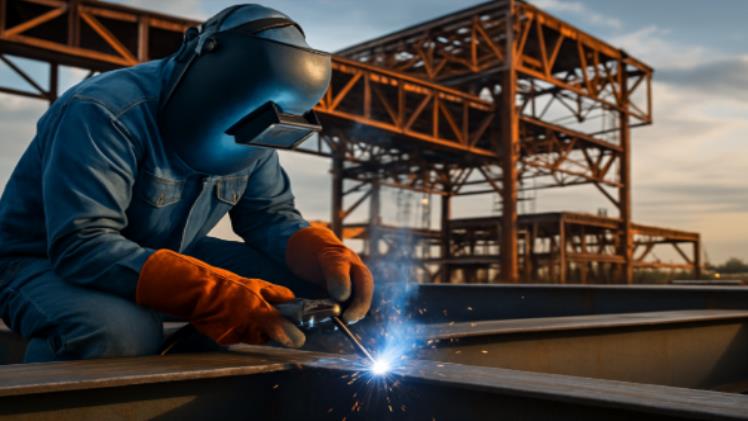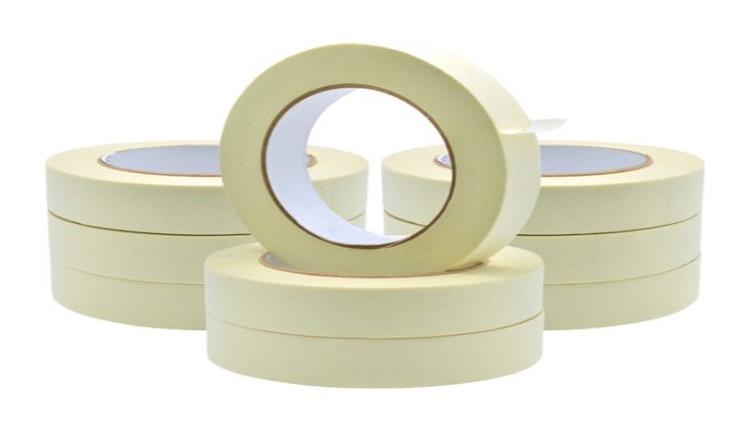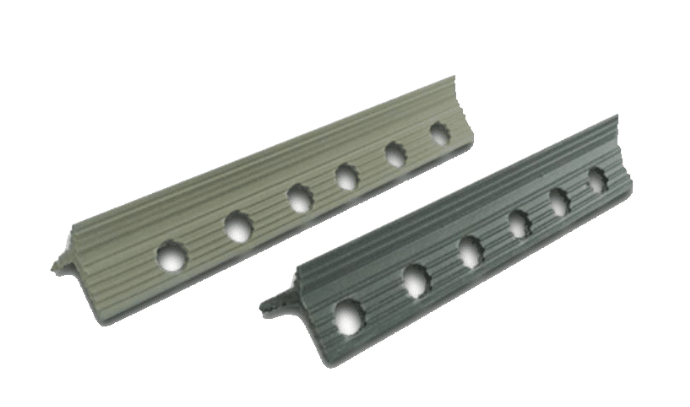From MIG to TIG: Analyzing the Functions of Popular Welding Wire Types
Introduction
In welding factor, the kind of * ลวดเชื่อม – https://www.udo.co.th/category_product/กลุ่มลวดเชื่อม* (welding wire) you use is a significant THING as it affects the quality, strength, and durability of the final weld. Both Pros and DIY enthusiasts know that the proper Welding Wire can accomplish the most powerful joint or ruin a perfect weld. Two of the most common welding processes, MIG (Metal Inert Gas) and TIG (Tungsten Inert Gas), require specifically-defined techniques and various types of wire to yield the best results possible. Knowing these differences will assist in helping you make the right choice for your welding needs.
What is MIG Welding and Types of MIG Wire
One of the most common welding techniques, MIG welding (Metal Inert Gas Welding, also known as GMAW or Gas Metal Arc Welding) offers a broad range of benefits: from low heat input to high-quality solid welds. This is done by feeding an INTEGRAL wire slotted in the center, a welding gun with a gas shroud to protect the weld from atmospheric contamination. The welding wire used in MIG welding is often mild steel, there are many different types of welding wire that you can choose from, such as mild steel, stainless steel or aluminum, depending on what you are welding.
There are basically two main types of MIG wires: Solid and Flux-cored.
- Solid MIG wires: are applicable for clean, very long-term, on assemblies in indoor production build-up, can use them in outdoor applications and control their operation outdoors. They are capable of welding clean, smooth welds with very little spatter.
- Flux-cored wires: meanwhile are filled at the core with fluxing material. These wires are great when used for outdoor projects since they do not require an external shielding gas and have a relatively high tolerance to wind.
MIG welding is praised for its high deposition rate and ease of use, making it practical for automotive repair, construction and general manufacturing.
TIG Welding and the Role of Precision
TIG welding, also known as GTAW (Gas Tungsten Arc Welding), is renowned for producing clean, strong welds. TIG is also different from MIG in that it requires you to use a non-consumable tungsten electrode (as well as a filler material if you have it) – in contrast, it has no consumable electrode. The ลวดเชื่อม used for TIG welding is usually in the form of a straight wire, not a spooled wire, and is fed by the welder into the weld pool as a filler material.
References About TIG welding is also well suited for thin metals, stainless, or non-ferrous materials, such as aluminum, magnesium, and copper alloys. It’s a go-to process when industries require blemish-free finishing, such as in aerospace, custom automotive work, and artistic metal working. Although TIG welding is slower and more difficult to learn than MIG, the control it provides is second to none, which is why it is the preferred method of welding in applications where appearance and accuracy are of the utmost importance.
The Differences between MIG and TIG Wires
More than shape and feeding methods set MIG and TIG wire types apart from one another. Here are some fundamental differences:
- Wire Form: MIG uses a consumable spool wire, TIG uses a consumable filler rod which must be fed manually.
- Coating and Composition: MIG wires typically contain deoxidizers to deal with surface contaminants, while TIG filler rods rely on clean surfaces in order to produce welds without defects.
- Application Focus: MIG wires are engineered for speed and to allow larger welds and faster travel speeds while TIG wires are engineered for accuracy and cleanliness.
Selecting the right ลวดเชื่อม is all about your material characteristics, the welding end result and where you’ll be performing the welding. For instance, if you are working on a speed and productivity-intensive project, you might prefer to use MIG welding, and if it’s high-end custom fabrication, then the precision of TIG is obviously going to be a plus.
Importance of Welding Wire Quality
Now, whether you want to go for MIG or TIG, your ลวดเชื่อม has to be good! Poor quality wires can also lead to excess spatter if base Disadvantages: Poor quality wires might lead to porosity, weak welds and spatter which can increase clean-up operation not only jeopardizing the strength of the structure. High quality MIG wires provide consistent feed, and play an important role in robotic welding systems, where consistency is critical.
Final Thoughts
Gain a better understanding of what the functionalities and benefits of different types of welding wires are — such as MIG vs TIG — so you know which is the best choice for your specific project needs. There are pros and cons to each: MIG is quick and easy and TIG provides accuracy and a perfect appearance. When you select the appropriate * ลวดเชื่อม * for your particular application, you receive strong, long lasting welds that withstand even the most demanding environments. Whether you’re working on a hard, heavy duty construction project or a soft, custom build, the perfect weld always starts with the right welding wire.







